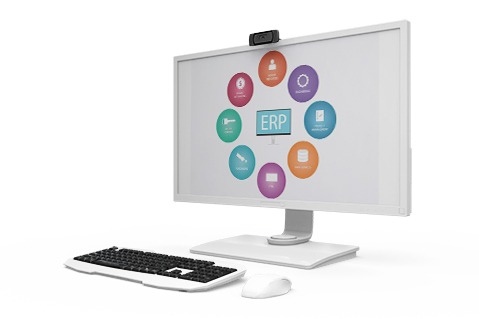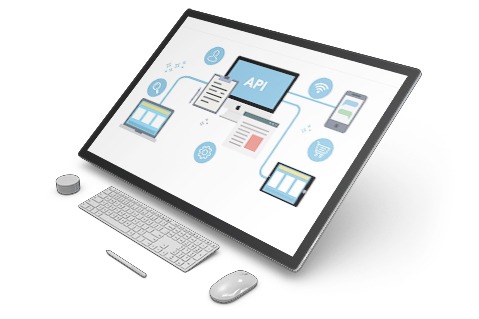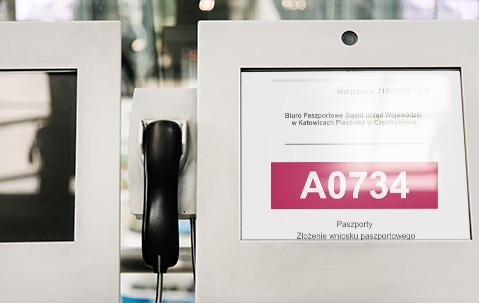Nowadays, it is worthwhile for your company to work wisely. You deserve integrated software that automates processes and reduces their complexity, while saving money and increasing productivity. Whatever you need for system integration, we have the experience to turn your ideas into reality.
Software integration
Integration with ERP

API integration

Integration with external devices

How do we create software?
By integrating the systems you will have access to your data 24/7 no matter where you are - migrating all data to the cloud. You will also improve the flexibility of the system, all for a much smaller budget that you would have to spend on building the system again.
Simplified decision making
Getting one full view by integrating software systems simplifies the decision making process. This eliminates the need to move between different applications to access data.
Increased efficiency
Integration of applications using the same data sources will increase the efficiency of operations. With one data entry point and no need to switch between different applications, processing is faster and simpler.
More reliable data
The integration and unification of software systems reduces the risk of using inaccurate data. One point of view will allow your company to work from one perspective and eliminate possible errors.
Extended analysis
Related data is more meaningful and efficient when collected in one application. Multi-source analysis is better served by combining data where trends and conclusions can be drawn much earlier.
Enhanced data security
Managing data security within one unified application is much easier than managing multiple data systems. Thanks to software integration - management or backup is greatly simplified.
Increased sales potential
The ability to access customer information quickly and easily is essential to maintain good relationships. Thanks to the integration of systems, all data will be in one place, which can directly translate into the speed of order processing and improvement of overall sales potential.
Selected project
READ MORE
Single or double-sided IT integration
In order to facilitate the initial understanding of the opportunities provided by our company, below we have prepared an essential characteristic of the most general classification of the division, which is adopted by the widely understood IT integration.
There are many ways to perform software integration, and in almost all cases the process is unique to each separate job. Nevertheless, application integration understood as a general process can be broken down into two separate issues described briefly below.
Single-sided application integration
Whether software integration is one-way or two-way depends on the directions in which the data is sent. In the situation when within the given relation the information is transmitted only to one of the applications we are obviously dealing with the first of these cases, which should be understood as: the program A transmits data to the program B, but the program B does not transmit data to the program A. Then the first system only sends data, and the second only receives them.
Although one-sided integration of applications is theoretically not a fully functional solution, in many cases it is an optimal option. A great example of this can be IT integration consisting in enabling a given program to send SMS messages. The company's ERP system usually does not need any feedback from the system managing the sending of SMS messages, to which it sends their content and the recipient's phone number.
Two-way software integration
In this case, communication between the integrated applications occurs in both directions, meaning that each application can both receive and send a specific packet of information.
As an example, we can mention the IT integration of the courier system with the trade and warehouse software. The store can export data about the customer, delivery address and product parameters, and receive a delivery note or shipment price information in response.
Two-way software integration is overwhelmingly based on APIs.
